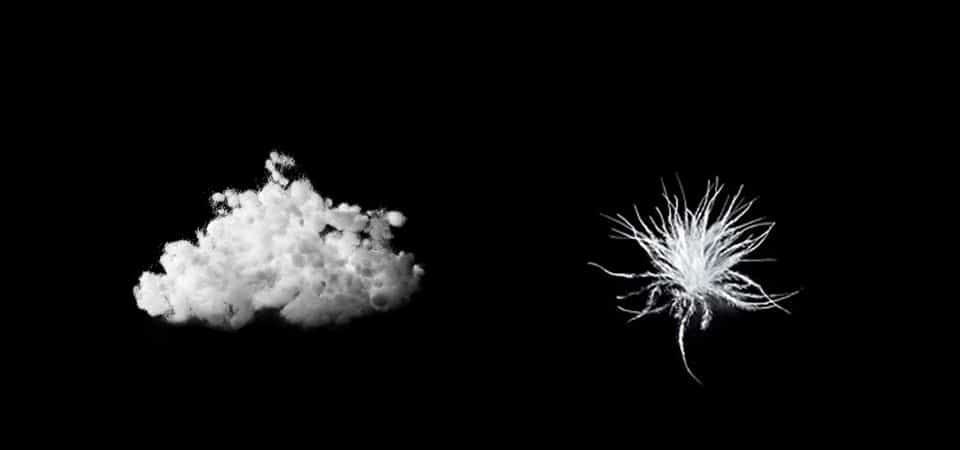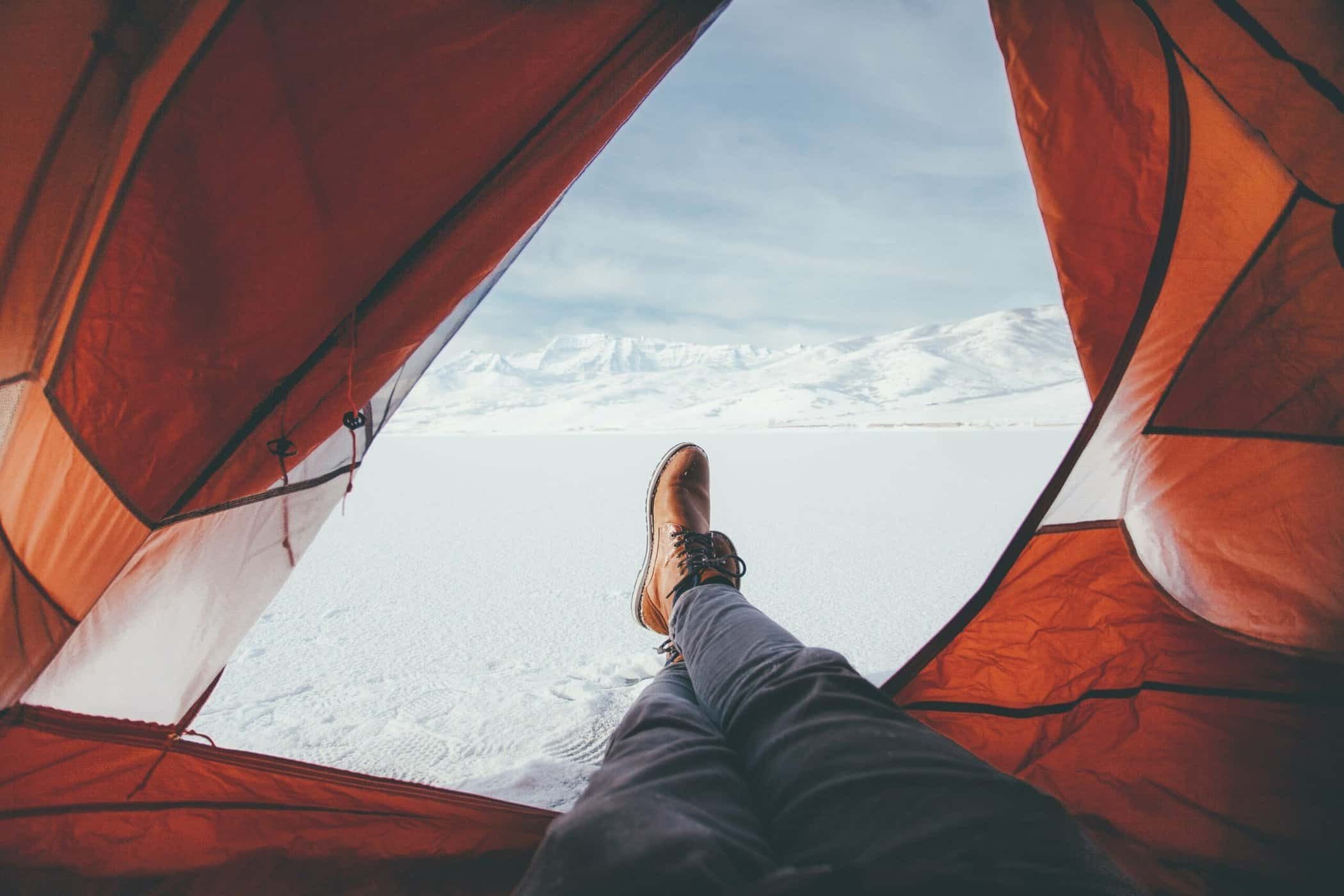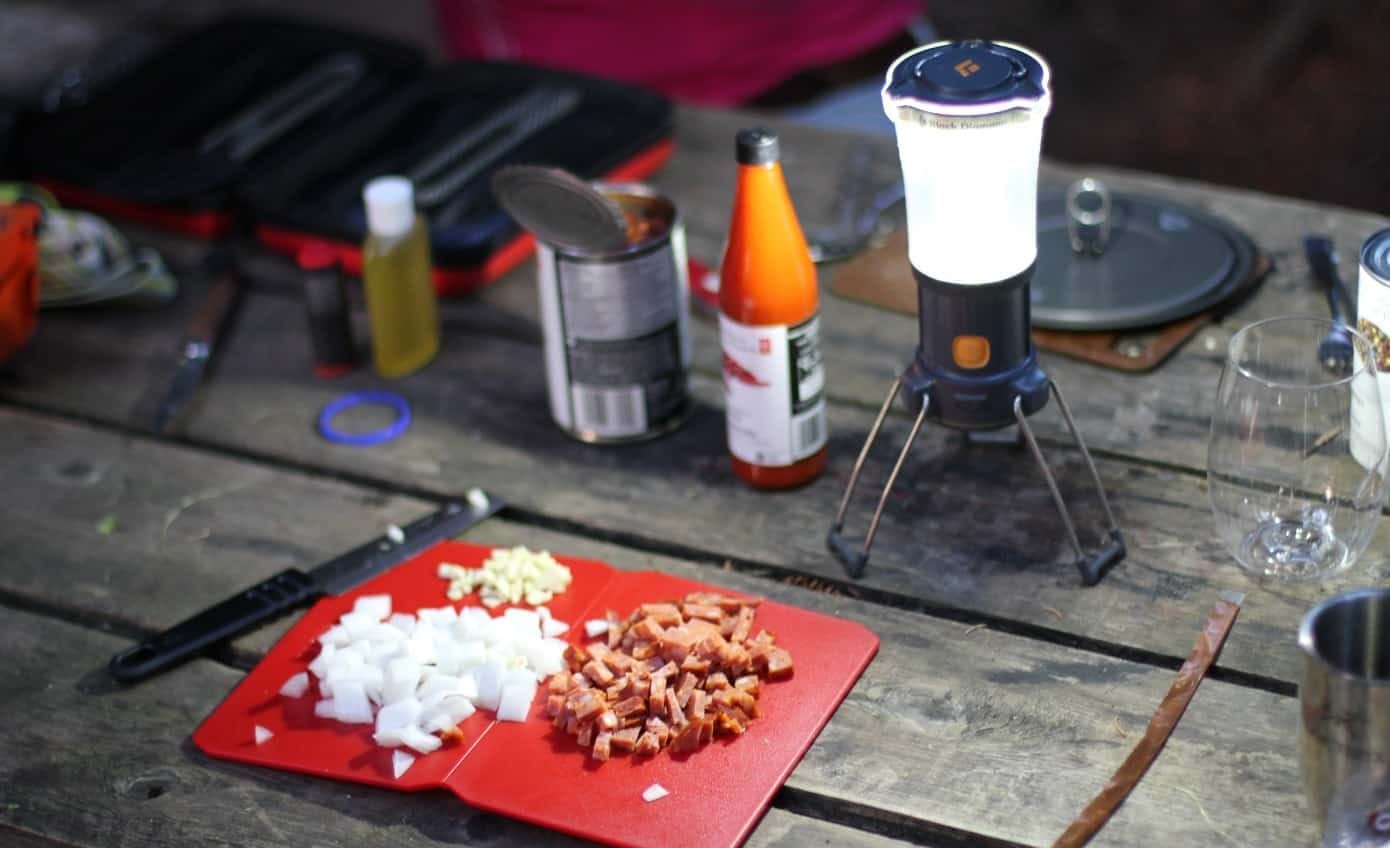Like many insulated outdoor gear products, sleeping bags use to main types of insulation: down or synthetic. Both have pros and cons that you have to consider. Ultimately, your sleeping conditions will determine the type of sleeping bag you will need.
Sleeping Bags with Down Insulation
The quality and strength of insulation varies. You might have noticed a number beside the down filling : 550, 600, 650…800. This number refers to the loft capacity of the down; the higher the number, the better the quality of the sleeping bag.
Remember that this number doesn’t give any hints about the warmth of the sleeping bag because it depends on the quantity of down inside the sleeping bag.
However, for 1 ounce of down, a 800 down will be warmer than a 550 down.
It is also important to understand that it is 100% normal to see some down feathers coming out of the sleeping bag. It is not a sign of bag quality nor is it a manufacturing defect; it won’t affect the warmth of your sleeping bag. The most important thing is to not pull the feathers out of the fabric. Instead, try to pull the feathers back in gently by rubbing the area between your fingers which is the same technique you would use if down feathers are escaping from your jacket.
The pros of down insulation are mainly its weight and compressibility. This is why it is the best type of sleeping bag for expeditions. Despite the DWR (durable water repellent) applied on the material, humidity is still down’s worst enemy since it can affect its thermal capacity which is why we usually prefer to use it in dry environments.
In short, down sleeping bags are lightweight, compact, warm and durable. However, they won’t be as comfortable in humid or wet environments.

The North Face Inferno 0F/18C Sleeping Bag |

Marmot Phase 20F/-7C Sleeping Bag |

Therm-a-Rest Corus 32F/0C Sleeping Bag |
Sleeping Bags with Synthetic Insulation
Synthetic insulation usually makes heavier and less compact sleeping bags. However, they are perfect for a humid climate since it won’t affect their thermal capacity. Furthermore, it is the best type of insulation for casual campers or for those who have access to a car and in which compressibility and weight is not a problem.
In short, synthetic sleeping bags tend to be more affordable, heavier, bulkier. However, they are often better than their down counterparts when it comes to keeping you warm in a humid climate. They are also the only option for those who are allergic to down feathers!

The North Face Aleutian 0F/18C Sleeping Bag |

Marmot Trestles Synthetic Sleeping Bag 0F/-18C
|

Mountain Hardwear Lamina 30F/-1C Regular Synthetic Sleeping Bag |
Share on









